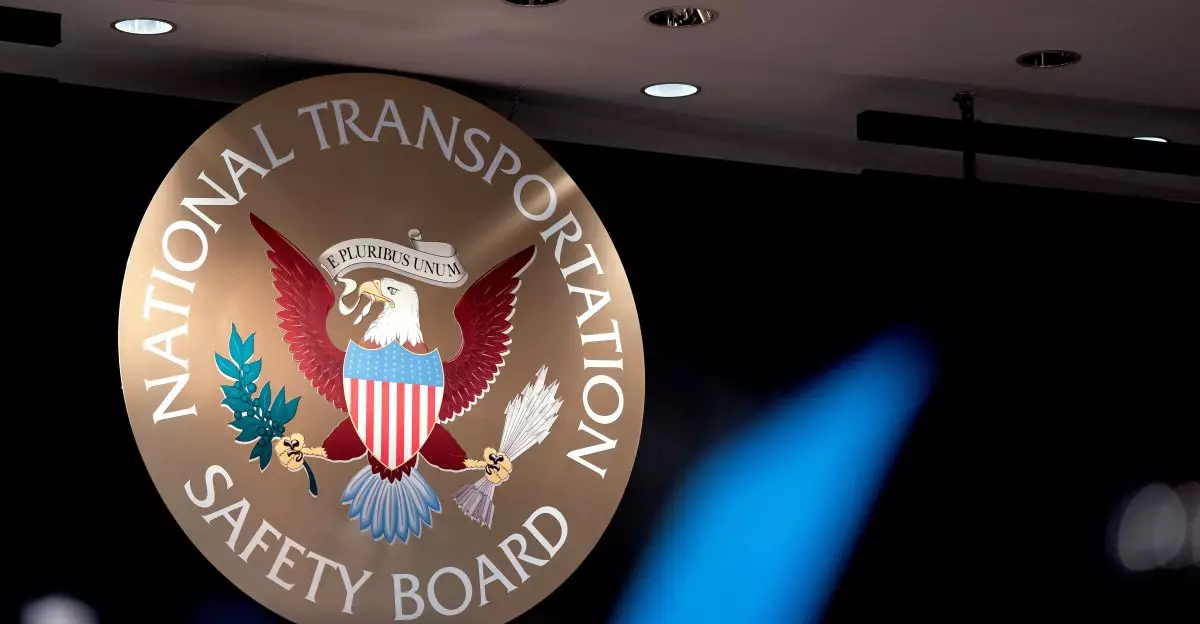In a notable shift in communication policy, the National Transportation Safety Board (NTSB) has decided to restrict media updates regarding significant plane crashes to its social media platform, X, and will no longer disseminate this information via email. This move aims to “better manage” the inflow of inquiries that the agency receives, particularly concerning incidents occurring in Washington, D.C., and Philadelphia. While the reasoning seems grounded in streamlining operations, it raises essential questions about the transparency and accessibility of important safety information to the public and media.
By opting for updates exclusively through its @NTSB_Newsroom account, the agency has placed a significant reliance on a single, privately owned social media platform. While this method potentially allows for rapid dissemination of information, it inherently limits the range of engagement with journalists and the public who may not access the platform as frequently. The NTSB’s rationale, emphasizing the challenges of responding to every email inquiry, underscores an ongoing trend where government agencies increasingly lean towards social media for public communication, a practice that may not always ensure comprehensive coverage and accountability.
This decision by the NTSB comes amid broader changes within government communications, as seen in the concurrent policies being implemented by the U.S. Department of Defense (DoD). Reports indicate that the DoD is instituting an “annual media rotation program,” which notably excludes several major media outlets such as NBC News and The New York Times. Instead, it introduces conservative-leaning alternatives into the Pentagon’s media operations, further reshaping the landscape of governmental transparency and media relations. The implications of such changes are profound; they suggest a strategic effort to control narratives and alter the diversity of perspectives that inform public discourse.
The Need for A Transparent Dialogue
While certain adjustments in media communication are often justified by the increased speed and volume of information, the consequences of exclusivity in communication methods provoke critical scrutiny. The NTSB’s approach, although aimed at efficiency, also raises concerns about the reduction in dialogue with diverse media voices and the potential for a narrow interpretation of events. Furthermore, as entities like the FCC ramp up scrutiny against particular media organizations, it becomes increasingly clear that the relationship between government and media continues to evolve—often at the expense of a balanced and representative dissemination of information.
As government agencies like the NTSB and DoD navigate the complexities of modern communication, it is crucial to prioritize both balance and accountability in their interactions with media outlets. The media plays an essential role in holding agencies accountable and ensuring the public is informed about crucial safety and policy issues. Ensuring that diverse perspectives remain part of the discourse will be key in fostering a more informed society. Moving forward, both the NTSB and the DoD should consider the long-term implications of their communication strategies—not just for organizational efficiency but for the integrity of public discourse.

